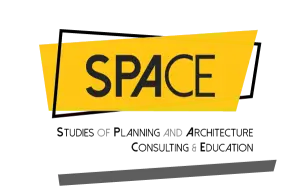Today, the importance of public spaces in the city has increased with the population density. It is seen that many people in public spaces create their own living spaces individually in streets, gardens, under bridges, abandoned constructions, and houses. The homeless, beggars, peddlers, and couriers on some streets are in the public sphere, especially as temporary and permanent invaders.
In the study, Esat Street, which is located in the Çankaya district of Ankara and is among the oldest settlements of the city, was determined. Esat Street, which resists keeping the neighbourhood culture alive and has a large number of local tradesmen, is connected to critical areas of the city and is embraced by the society. In addition, traffic and human population are also quite dense. In the research, the interaction of the couriers’ waiting areas, open areas of shops, mobile sales areas, and the formation processes of the waiting areas with the business spaces will be examined. The transformation of the public space and the function-oriented occupation of the public space in the context of the historical development and sociocultural structure of the street with the equipment and furniture developed in line with the need constitutes the subject of the study. Using the qualitative research model in the research, the data; was collected through literature review, observation, photographing, interviews with courier and shop owners working on Esat Street. On the other hand, the reasons that lay the groundwork for the formation of design fewer borders that architectural practice is frequently exposed to today, the user not adopting the designed spaces, and the reasons for intervention will be questioned. This research, is aimed to examine the dynamic and unpredictable structure of the formation processes of the space that created itself within a specific program and process. It is thought that making it possible to re-evaluate the user-time-function triangle in new space creations will shed light on the planned studies in this area.
Enter your email and we’ll send you more information about all activities and membership.

28-29 November 2024
Registered address: 151 West Green Road, N15 5EA, London, UK
Mails to: 23A Alwold Crescent,
SE12 9AF, London, UK
+44 2037242458
+44 7780014146
space@spacestudies.co.uk
architecturalspacestudies@gmail.com
Sign in to continue
Not a member yet? Sign up now